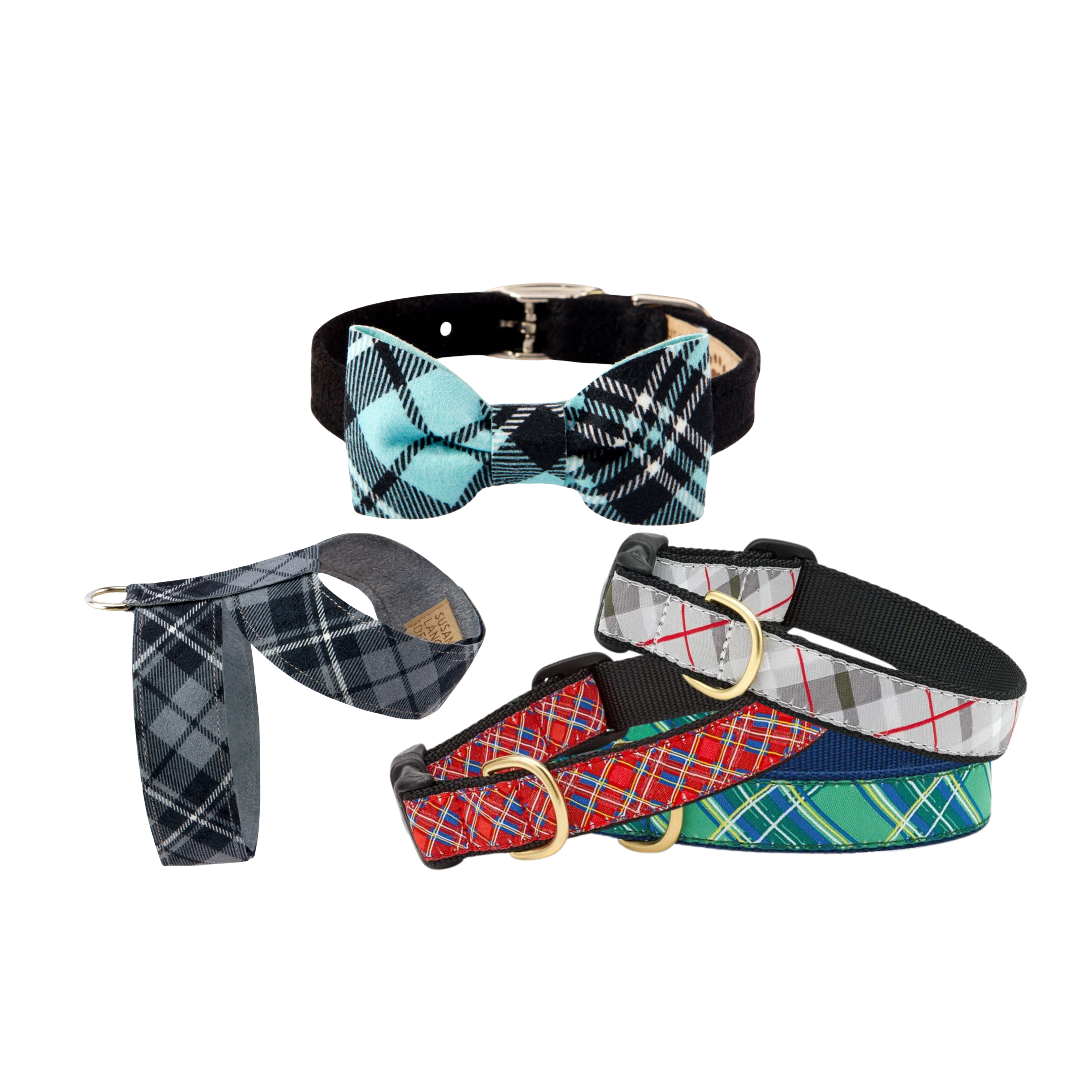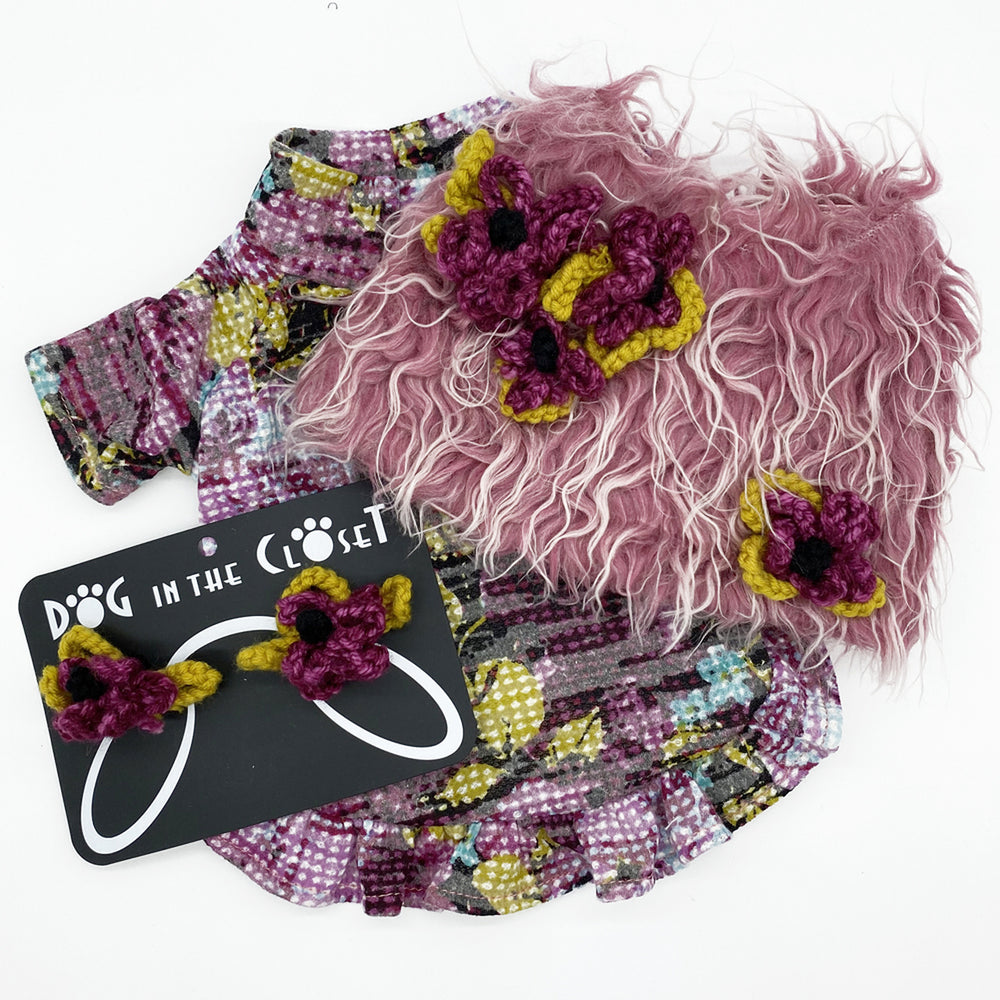Stay Safe While Shopping Online: How to Spot a Legitimate Business
Online shopping offers incredible convenience, but it also comes with risks. Scammers and fake businesses prey on unsuspecting shoppers with deals that seem too good to be true. To protect yourself and your wallet, follow these tips to identify legitimate businesses and secure your personal information.

1. Check for Accurate and Verified Contact Information
Legitimate businesses provide clear ways to contact them, such as a phone number, email address, and physical location.
- Search the contact details on Google: Confirm that the phone number, email, or address leads to a real business.
- Check for responsiveness: Send an email or call to see if you get a professional response. Fake businesses often provide non-functional or incorrect contact details.
2. Look for Authentic Reviews
Reviews can be a helpful indicator of a business’s credibility, but only if they’re genuine.
- Verify the source: Read reviews on trusted platforms like Google, Yelp, or the Better Business Bureau. Avoid relying solely on reviews posted on the business’s website.
- Look for patterns: Be cautious if all reviews are overly positive or if there are none at all. Authentic businesses often have a mix of reviews.

3. Test Social Media Buttons
Legitimate businesses usually link their social media profiles on their website.
- Click the buttons: Make sure they direct you to active, legitimate social media accounts.
- Search directly: If the links don’t work, look up the business on platforms like Facebook or Instagram. A lack of presence or generic pages can be a red flag.

4. Inspect the “About Us” Page
The "About Us" page is often where legitimate businesses showcase their story.
- Look for transparency: Legitimate businesses provide detailed information about their mission, team, and values.
- Beware of vagueness: A poorly written or generic page could indicate a scam site.
5. Analyze Store Prices
Unrealistic pricing is a major warning sign.
- Watch for deep discounts: If everything is marked down 50-75%, or a $90 item is being sold for $12, think twice before purchasing.
- Compare competitors: Legitimate businesses usually have similar pricing across the market.
6. Inspect Product Images
Scammers often steal images from legitimate retailers.
- Look for logos: Check for watermarks or logos from other brands in the images.
- Reverse image search: Use tools like Google’s reverse image search to see if the same photos appear on multiple sites.
7. Does the Business Name Match the Products?
A trustworthy business name should align with the products or services being sold. For example, a store named “Luxury Leather Co.” selling power tools is a clear red flag.
8. Advanced Tip: Check the Domain Details
Domain registration can offer clues about a business’s legitimacy.
- Use ICANN WHOIS Lookup: Check the domain’s registration date and details.
- Be cautious of new domains: Scam websites often have domains less than a year old.
9. Update and Secure Your Online Accounts
Even if you’re cautious, it’s essential to secure your online accounts in case of data breaches or attempted scams.
- Use strong passwords: Avoid easy-to-guess passwords like “123456” or “password.” Instead, use complex combinations of letters, numbers, and symbols.
- Enable two-step authentication: Use an authenticator app or, at the very least, two-factor authentication via text message to add a layer of security.
- Change passwords regularly: Updating your passwords every few months reduces the risk of unauthorized access.
10. Monitor Your Bank and Credit Accounts
Stay on top of your finances to detect any suspicious activity early.
- Check transactions frequently: Regularly review your bank and credit card statements for unfamiliar charges.
- Set alerts: Many banks offer text or email alerts for unusual transactions, giving you real-time updates.
Other Quick Tips for Safe Online Shopping
- Look for HTTPS: Make sure the website address starts with “https://” and has a padlock icon in the browser.
- Avoid public Wi-Fi: Don’t enter sensitive information when shopping on public networks.
- Use secure payment methods: Stick to credit cards or trusted services like PayPal, which offer buyer protection.
Final Thoughts
Shopping online can be safe and enjoyable when you take the time to verify the legitimacy of businesses and secure your accounts. Scams often rely on urgency and too-good-to-be-true offers, so trust your instincts and do your research.
Have additional tips or stories about spotting online scams? Share them in the comments below, or send us an email—we’d love to hear from you!
























